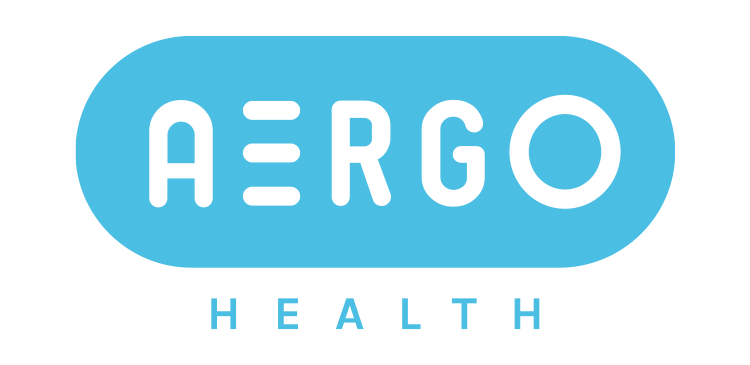Cerebral Palsy Awareness Month
Every year the whole month of March is dedicated to raising awareness of Cerebral Palsy.
Aergo Health is joining in to highlight some of the important information that we have learnt over the years working with children with Cerebral Palsy during the development of our dynamic postural management seating system - the Aergo PS.
Cerebral Palsy (CP) affects 1 in every 400 children in the UK (Scope 2022).
It is the most common type of physical disability in childhood. Children living with CP experience difficulties in muscle control, movement, balance and posture.
Dependent on the injured area of the brain, the level of severity and impact on a child’s functional movement varies greatly.
To better understand how Cerebral Palsy affects an individual, three areas are taken into consideration according to the Cerebral Palsy Guide:
Distribution (Parts of the body affected)
Severity (Level of impact on ability to function)
Type (Types of movements and muscle tones presented in the child)
These three areas must be assessed together to determine suitable equipment for supporting a child’s motor function and independence.
The Gross Motor Function Classification System (GMFCS) is widely used by clinicians to assess the motor function changes of a child with Cerebral Palsy.
There are 5 levels of GMFCS and each level describes a child’s current motor function:
Level I: Walks without Limitations
Level II: Walks with Limitations
Level III: Walks Using a Hand-Held Mobility Device
Level IV: Self-Mobility with Limitations; May Use Powered Mobility
Level V: Transported in a Manual Wheelchair
This is a critical measure that informs equipment providers on the types of equipment or mobility aids the user needs.
When Aergo Health conducts seating assessments for a child with CP, alongside their therapists and care takers, we often look at their GMFCS levels and Types to determine whether our seating system, the Aergo PS is the right fit for the child’s sitting needs.
Common Types of Cerebral Palsy are:
Spastic
Mixed
Athetoid
Hypotonic
Ataxic
Through pilot studies, we discovered the Aergo PS is most suited to children with Cerebral Palsy who have low tone (Hypotonic and Ataxic).
However, for children with high tone or dystonia, it is very worthwhile assessing the muscle areas where high tone or dystonia are most present. The Aergo PS may still be beneficial for these children and young people.
As the Aergo PS is a dynamic seating system using pressure sensitive air cells that respond to user’s shifts in position, it is important to first assess whether the dynamic inflation patterns can provide sufficient postural control for users with spasticity.
Secondly, we need to assess if additional accessories such as lap strap, harness, pommel or headrest are required. Then we would ensure necessary adaptations are made to ensure the Aergo PS provides optimum support and comfort for its user.
If you have Cerebral Palsy, are the parent or carer of a child with Cerebral Palsy or a therapist that has a child in mind for the Aergo PS - please get in touch to arrange a demo of its key features and benefits.
To find out about our PS Pioneer, Hadley who has Cerebral Palsy - click here.
